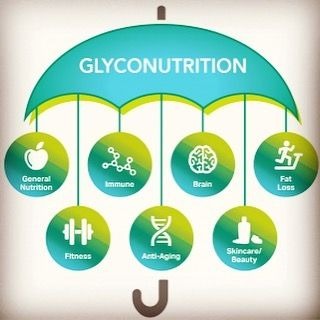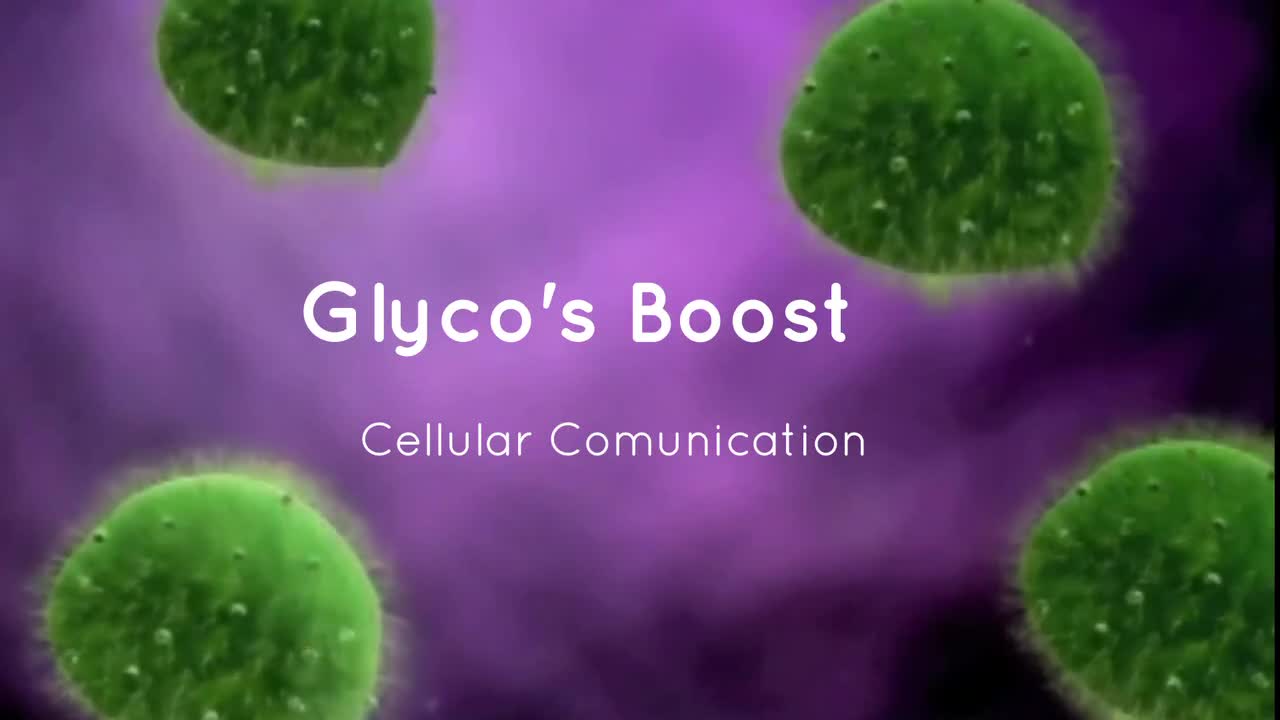As you know, I am a physician. It’s part of my profession to keep abreast of what’s happening in medical health research. Being retired helps because doctors do not generally have the “extra time” to devote to scientific literature.
But I do. And I love it. I am one of those individuals who enjoy brace yourself chemistry. After I finish here, you should be excited too, especially if you are interested in sports nutrition and antioxidants, though not necessarily in that order.

Sports nutrition is a vast industry with an emphasis on optimizing PERFORMANCE. Offhand, I can think of quite a few categories involving sports nutrition:
* sports nutrition and supplements for athletes,
* sports nutrition and athletic performance,
* sports nutrition and bodybuilding,
* sports nutrition and endurance training,
* sports nutrition and special diets in a variety of sports,
* sports nutrition and strength training,
* sports nutrition for running, jogging, walking, skiing, swimming
* There’s even Rocky Mountain sports nutrition
* the list is endless.
So far, no surprises, huh? Well, here’s one for you. Did you know that when you exercise intensively, you INCREASE the free radical burden in your body? If you’re a serious sports enthusiast, you should know that.
But the real news is that science is now finding out about your free radical burden. You should pay close attention here. Suddenly, chemistry gets personal.
Each of us possesses what some refer to as our antioxidant protective ability. That means our bodies typically utilize antioxidants to protect us against the harmful impact of free radicals.
First of all, what are antioxidants? They are molecular substances that offset free radical damage to the body. Antioxidants “quench” free radicals (for lack of a better metaphor), neutralizing their damaging effects on the body’s cells.
* Antioxidants are found in cranberries, green tea, and even chocolate.
* Antioxidants are found in vitamins such vitamin C and E.
* Antioxidants are found in carotenoids such as beta-carotene.
* Antioxidants are found in many substances the body supplies, such as glutathione.
* Antioxidants are found in many herbs and enzymes.
Glyconutrients boost the impact of antioxidants to offset free radicals in your body and, as a result, your athletic exertions.
Antioxidant capacity must be provided in your sports nutrition regimen, or you could be “robbing Peter to pay Paul” with your workouts. As you will see, without an antioxidant presence in your sports nutrition, the healthful gains made by your physical exercises will be offset by your free radical burden.
Free radicals, sports, and sports nutrition
Free radicals are those chemical species that contain one or more unpaired electrons capable of independent existence. They form in the body for various reasons, as offshoots of cellular activity or as products introduced to the body from the outside.
As an analogy, think of running a car engine as the cellular production
and the car emissions as the free radical production. The engine produces products that cannot stay inside the car without further damage. They must be neutralized and expelled.
Free radicals form and cause damage by reacting with many substances in your body. Estimation of that upwards of 200,000 free radical attacks occurs in our bodies daily.
When free radical damage happens, the body can remove the compounds formed by its cellular repair system. However, if the body cannot handle the free radicals (with antioxidants, for example), nor remove the compounds, then disease can be the result.
Contrary to popular opinion, free radicals do not circulate throughout the body. The half-life of most free radicals varies in a range of a few nanoseconds to about 7 seconds in duration. That means they will react within the “neighborhood” (a few Angstroms or microns near where the increase in free radicals occurred); organs, connective tissue, circulatory or nerve tissue, bone, or lymphatic material are all candidates for free radical attack.
Wherever they form, they will damage the surrounding areas unless prevented by the body. So, the body does NOT have the luxury of just filtering away any circulatory fluids to find the free radicals. The body’s defense systems must be reasonably omnipresent to neutralize the effects of free radicals. The antioxidant protective system must be healthy.
Since they are highly reactive substances, they readily react with all sorts of cell elements. But, when they react with your body cells, they can damage them and even kill them. The damage from free radicals can often CHANGE the cellular structure enough to cause diseases such as cancer, diabetes, arthritis, heart disease, and many others.
The type of disease that occurs depends upon which free radical defenses in the body aren’t functioning correctly and where the free extreme attacks occur.
The body has sophisticated antioxidant defense systems. But, the body CAN get overwhelmed by its antioxidant protection against such free radicals.
Indeed, unless antioxidant-enhanced sports nutrition (with glyconutrients) is used to offset the increased free radical burden, the BODY will suffer from intensive sports training, stress, and competition.
Glyconutrients is VITAL to sports nutrition.
Studies have examined the use of sports nutrition supplements by marathon runners. The results were reported by the Proceedings of the Fisher Institute For Medical Research ( August 2003, vol.3, no.1). The results “demonstrated strikingly different patterns.” Antioxidant protection appeared to be more potent against free radicals with glyconutrition supplementation. Thus, the body is protected for several days after the marathon run.
On the other hand, the harmful effects of the free radical burden looked to stay in the body for about five days when we don’t use sports nutrition.
According to the study, the individual “consistently excreted higher concentrations of free radical byproducts” compared to the glyconutrition subject. Despite not taking glyconutrition, the study’s patient WAS TAKING OTHER ANTIOXIDANTS. However, the results mentioned above were achieved.
That is another way of stating that the body’s burden from free radicals doesn’t decrease when we don’t include glyconutrition supplements.
Antioxidant protection is (significantly) strengthened with glyconutrition sports supplements. The antioxidant shield benefits athletes, including training, stress, competition, and dietary issues.
The glyconutrition revolution in sports supplementation and therapy is just beginning. More studies are being done. More results are coming concerning free radicals and the capacity of the glyconutrients to boost the antioxidant effect against free radicals.
Sports nutrition is about to see a new revolution.
Better still. It is probable that, with glyconutrition, sports PERFORMANCE is about to see a revolution in all fields.

